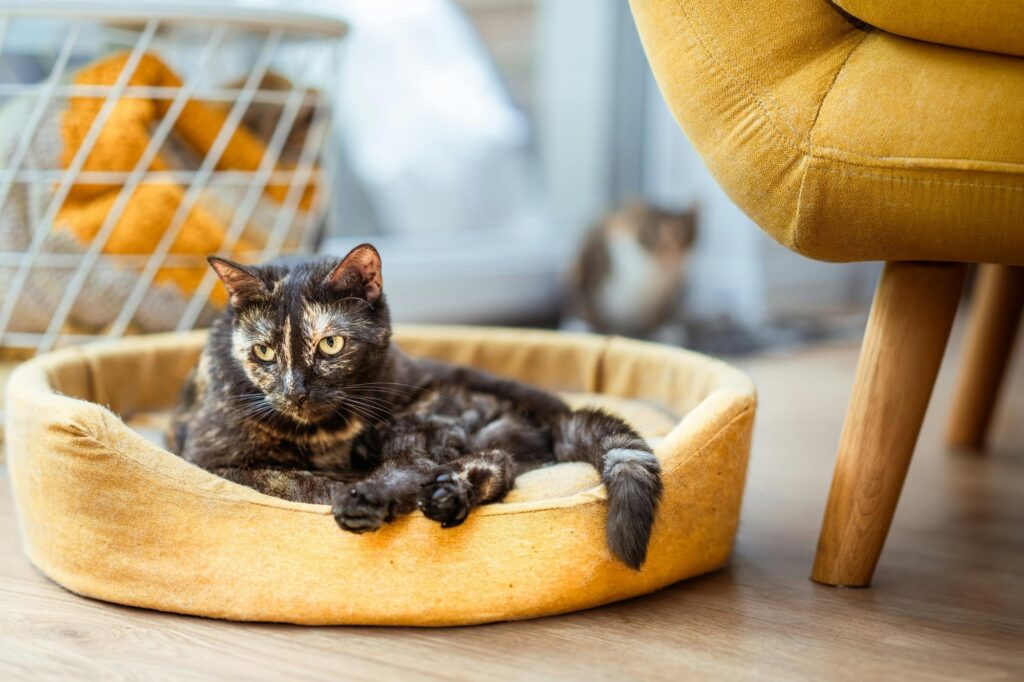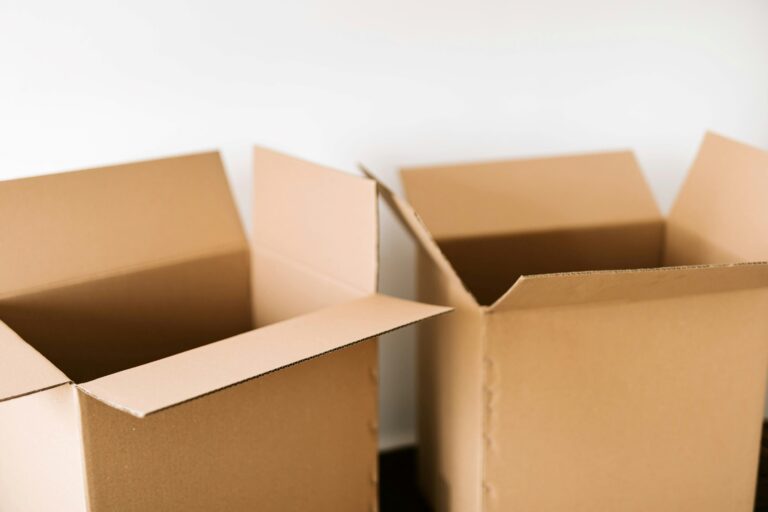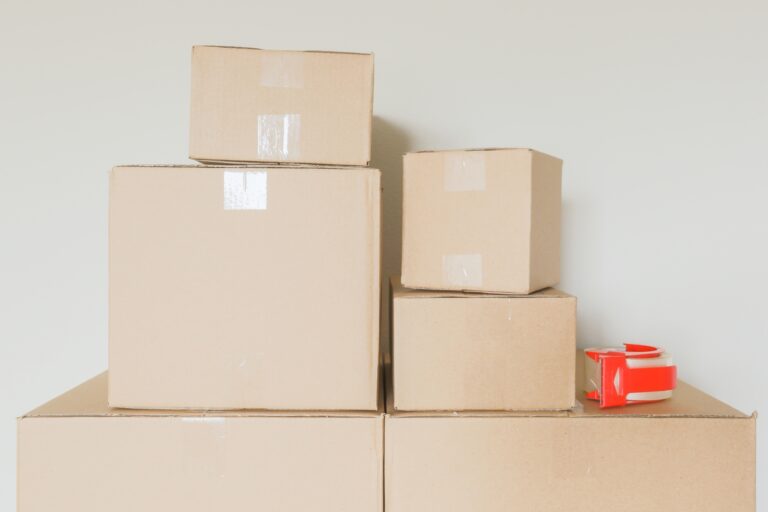Moving house with pets requires careful planning to ensure their well-being and create a stress-free moving experience. In this comprehensive guide on managing pet transportation when moving house, pet owners will find practical advice on preparation, choosing the right pet carrier, moving day essentials, and settling their beloved companions into the new house. By following these key strategies, you can minimise your pet’s anxiety and help them adjust to their unfamiliar surroundings with ease.
Key Takeaways
- Early planning and veterinary checks are essential for ensuring your pet’s health and comfort during the move.
- Choosing the right pet carrier and incorporating familiar scents can significantly reduce anxiety for pets during transportation.
- Creating a designated safe space with familiar items and maintaining routines after the move helps pets adjust to their new environment.
Preparing for Your Pet’s Move
Early planning is the cornerstone of a stress-free pet transportation experience. Managing pet transportation well in advance significantly reduces stress for both your pet and yourself during the move. Addressing your pet’s comfort and safety during the move is crucial. Here are some key steps to get started.
Vet Visits and Health Checks
Visiting the veterinarian before your move ensures your pet is healthy and up-to-date with vaccinations. Obtain medical records and prescriptions beforehand to prevent health issues once settled in Richmond. Talk to your vet about stress-reducing strategies to manage your pet’s anxiety during the move.
Updating Identification
Update your pet’s identification to ensure their safety during the move. Ensure their microchip information and ID tags reflect your new address in case they get lost. Keeping all details current prevents difficulties if your pet wanders off.
Familiarising with Carriers
Introduce your pet to their carrier well before moving day. Gradually allow exploration in a familiar environment, using positive reinforcement for security. Place familiar toys and items with known scents in the carrier to make it comfortable and inviting.
Choosing the Right Pet Carrier
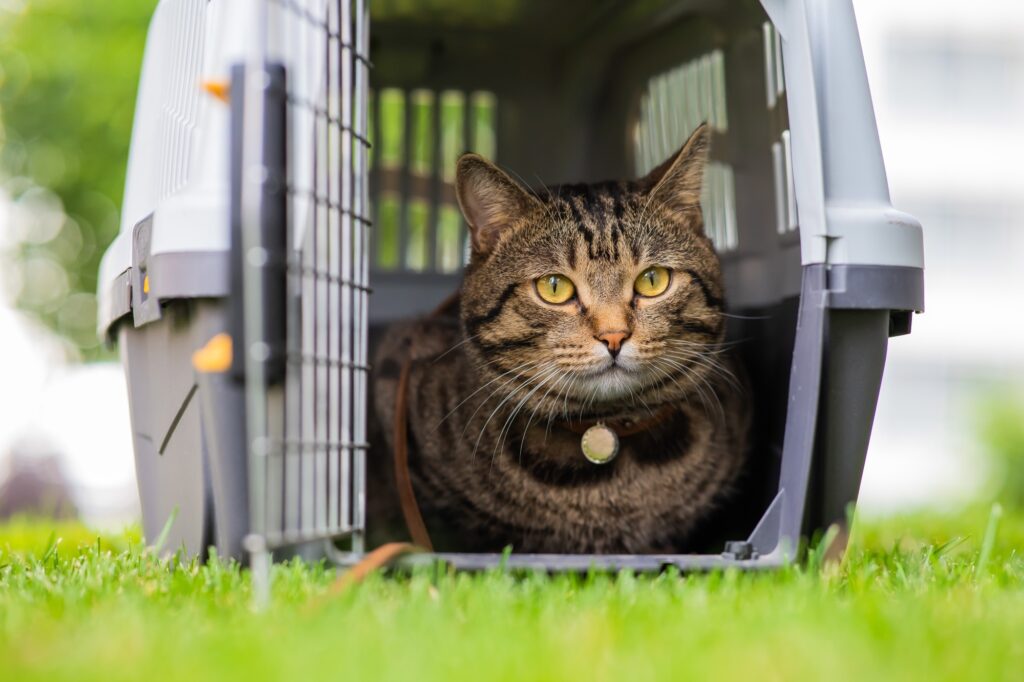
Choose a pet carrier that ensures safety and comfort during transportation. It should be appropriately sized for your pet to stand, turn, and lie down comfortably.
For small to medium-sized pets, a soft-sided carrier may be ideal, whereas hard-sided carriers are better suited for larger pets. Ensure the carrier is made from durable materials like canvas or nylon for long-lasting use.
Secure Travel Carriers
Securing your pet’s carrier in the vehicle is paramount for a safe journey. A secure travel carrier prevents your pet from moving around too much, which can reduce stress and potential injuries. For dogs, using a fitted dog guard or seatbelt harness can provide additional security, ensuring your pet’s safety. A well-ventilated and stable carrier helps your pet feel secure and contributes to a stress-free journey.
Familiar Scents and Items
Incorporate familiar scents and items into your pet’s carrier to ease anxiety. Favourite toys, blankets, or items with familiar scents from home provide comfort and security. This helps distract pets from unfamiliar surroundings, making travel less stressful.
Moving Day Essentials for Pets
Moving day can be chaotic, but preparing with essential items keeps your pet calm and comfortable. Introducing pets to packing supplies in advance helps them adjust.
Provide access to food, water, and a comfortable space during the moving process to minimise stress. Inform the removal company about your pets’ location to prevent disturbances.
Creating a Safe Space
Create a designated safe space for your pets on moving house day. Confine them in a single room with familiar items like their bed, toys, and food bowls to help them feel secure. This minimises stress and prevents pets from getting lost or hurt during the move.
Packing an Essentials Bag
An essentials bag for your pet is crucial on a moving day. Pack food, water, toys, medications, grooming supplies, and cleaning items for their comfort and well-being. Familiar toys and blankets can significantly ease your pet’s anxiety during travel.
Managing Pet Anxiety
Manage your pet’s anxiety by maintaining their routine and using familiar items for comfort. Pheromone diffusers can be effective in calming pets, especially dogs and cats. A calm environment and consistent attention help your pet cope with the changes.
Special Considerations for Different Pets
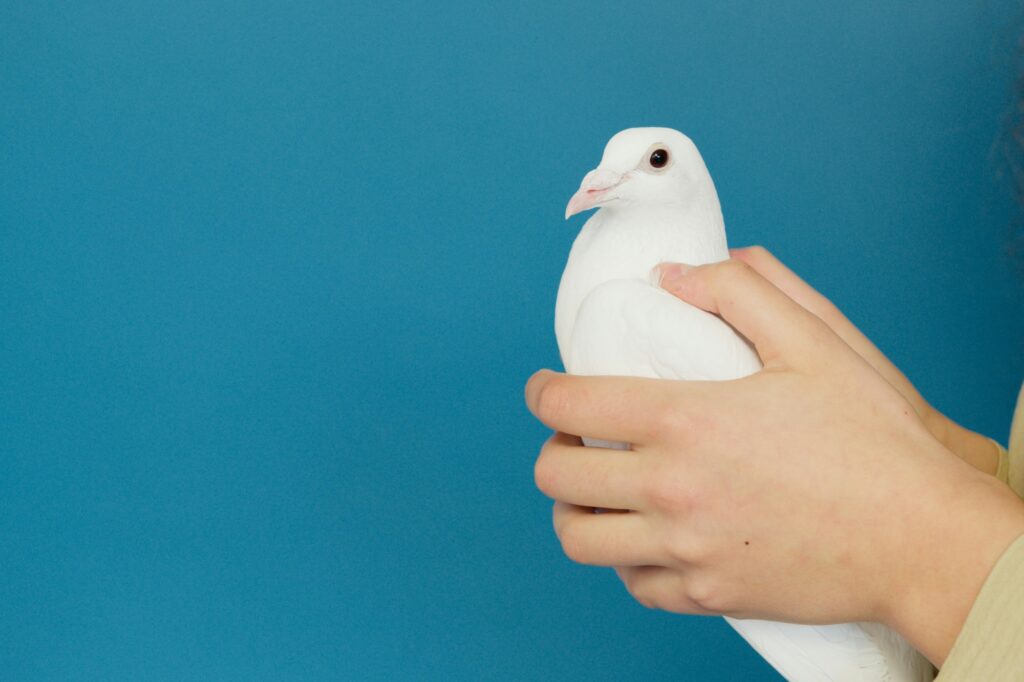
Different pets have unique needs during a move, especially when moving house with pets. Tailored advice ensures their comfort and safety. Specific strategies can make the transition smoother for cats, dogs, small mammals, birds, and fish. Here’s how to cater to the needs of various pets.
Cats
Cats can be particularly sensitive to changes in their environment. Keep them indoors for the first six weeks to adjust to new surroundings. Create a ‘safe room’ with familiar items and use pheromone diffusers for comfort and reduced anxiety.
Transport cats in a secure carrier and include a portable litter box with some dirty litter to manage stress during long car rides.
Dogs
Dogs often cope well with moving, but maintaining their routine reduces anxiety. Unpack their essentials first, including bedding, food, water, and toys, for immediate comfort. Allow gradual exploration of the new home and provide supervised access to the backyard or nearby walks to help them adjust.
Small Mammals and Birds
Small mammals and birds need stable habitats to feel secure. Familiar environments minimise stress during relocation. Set up their permanent habitat quickly and include familiar items to ease the transition. Maintaining familiar scents and stability in their habitats ensures their comfort.
Fish
Transporting fish requires special care. Use bags filled with water from their tank and quickly set up the new tank upon arrival to minimise stress. Float the bag in the new tank to allow the fish to acclimate before releasing them. Dim lights in the new tank room can also help reduce stress during the transition.
Transporting Pets Safely
Transporting pets safely requires careful planning and the right equipment. Choose a spacious, well-ventilated carrier with a secure locking system. Secure the carrier in the vehicle and avoid leaving pets unattended. Here are additional tips to ensure smooth and safe transit.
Preventing Motion Sickness
Motion sickness can be a concern for pets during travel. Consult a veterinarian for solutions and feed a light meal a few hours before travel. Avoid feeding your pet immediately before the trip to minimise nausea and discomfort.
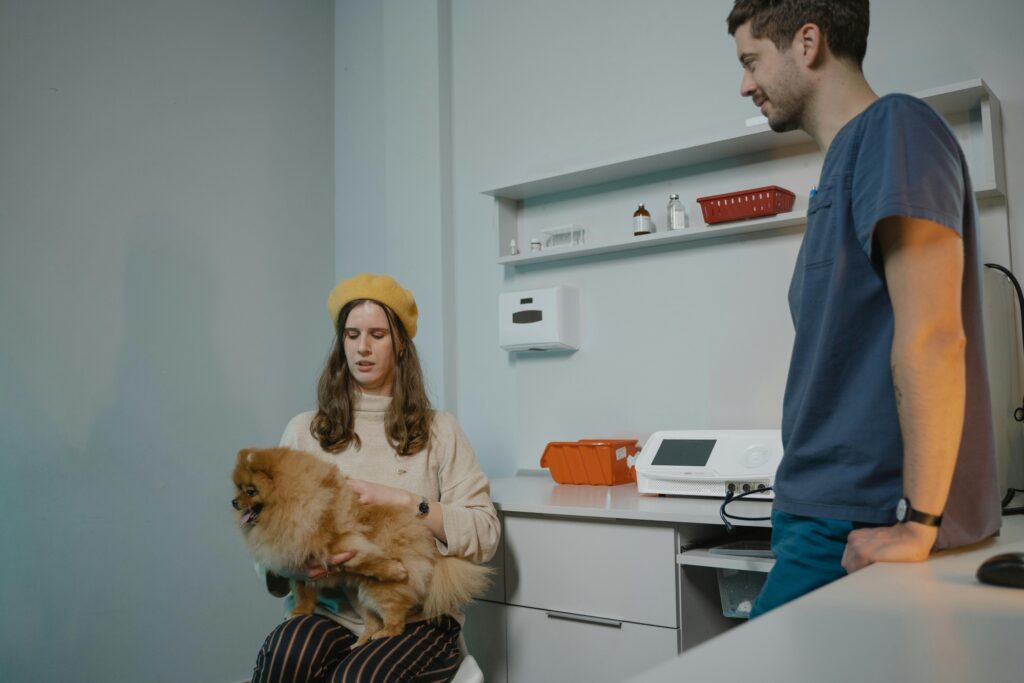
Ensuring Comfort During Transit
Ensure your pet’s comfort during transit for a stress-free moving experience. Use a secure travel carrier with proper ventilation and include familiar scents and items to help your pet feel at ease. These strategies significantly reduce stress and make the transition smoother for your pet.
Finding a Pet-Friendly Removal Company
Choosing the right removal company can impact your pet’s moving experience. Look for positive reviews and a reputation for handling pet-related moves. Staff trained in pet handling and clear communication about pet policies are indicators of a pet-friendly removal company. Ensure the company updates you about your pet during the move to confirm they are in safe hands.
Arriving at the New House in Richmond
Upon arrival at your new house in Richmond, create a familiar and secure environment for your pet. Set up a specific room with their bed, favourite toys, and essentials to help them feel secure. Maintain a consistent feeding, walking, and rest routine to help pets feel stable and secure after the move.
Setting Up a Familiar Area
Designate a room for your pet and keep the door shut while unpacking. Include bedding, bowls, and toys to create a cosy and familiar space. A setup similar to your old house provides comfort and reduces anxiety for your pets in the new environment.
Gradual Exploration
Let your pets gradually explore their new environment to adjust comfortably. Maintain their old routine to provide a sense of familiarity and security. Initially limit their roaming areas and gradually increase them to help them adjust at their own pace.
Maintaining Routines
Maintaining familiar routines minimises stress and helps pets feel secure in their new home. Consistent feeding, walking, and playtime routines anchor pets to normalcy, aiding their adjustment to the new environment. Thorough planning and maintaining these routines significantly impact your pet’s comfort during the move.
Aftercare and Monitoring
Monitor your pet’s behaviour after the move to ensure they are adjusting well. Look for signs of stress such as excessive barking, hiding, or changes in eating habits. Extra care and attention, engaging in play, and offering pet comfort items help your pet settle into their new home.
Summary
Moving house with pets involves careful planning and attention to detail to ensure a smooth and stress-free transition. From vet visits and updating identification to choosing the right carrier and finding a pet-friendly removal company, every step is crucial for your pet’s well-being. By following these tips and maintaining familiar routines, you can help your pets feel secure and comfortable in their new home. Remember, patience and extra care go a long way in making the move a positive experience for both you and your beloved companions.
Frequently Asked Questions
What are the first steps I should take to prepare my pet for a move?
To prepare your pet for a move, begin by scheduling a veterinary visit to confirm their health and ensure vaccinations are current. Additionally, update their identification with your new address and familiarise them with their carrier to help ease the transition.
How can I help my cat adjust to the new home in Richmond?
To help your cat adjust to the new home in Richmond, keep them indoors for the first six weeks and create a ‘safe room’ filled with familiar items. Utilising pheromone diffusers can also promote a calming atmosphere for your pet.
What should I include in my pet’s essentials bag on moving day?
Your pet’s essentials bag on a moving day should include food, water, toys, medications, grooming supplies, and cleaning items. Including familiar items like toys and blankets will help reduce your pet’s anxiety during the transition.
How can I prevent my pet from getting motion sickness during the move?
To prevent motion sickness in your pet during the move, consult your veterinarian for appropriate solutions and feed your pet a light meal several hours before travel. Avoid feeding them right before the trip to reduce the risk of nausea.
What should I look for in a pet-friendly removal company?
When selecting a pet-friendly removal company, prioritize those with positive reviews and a strong reputation for handling pet-related moves. Additionally, confirm that their staff is trained in pet handling and that they maintain clear communication regarding pet policies.
